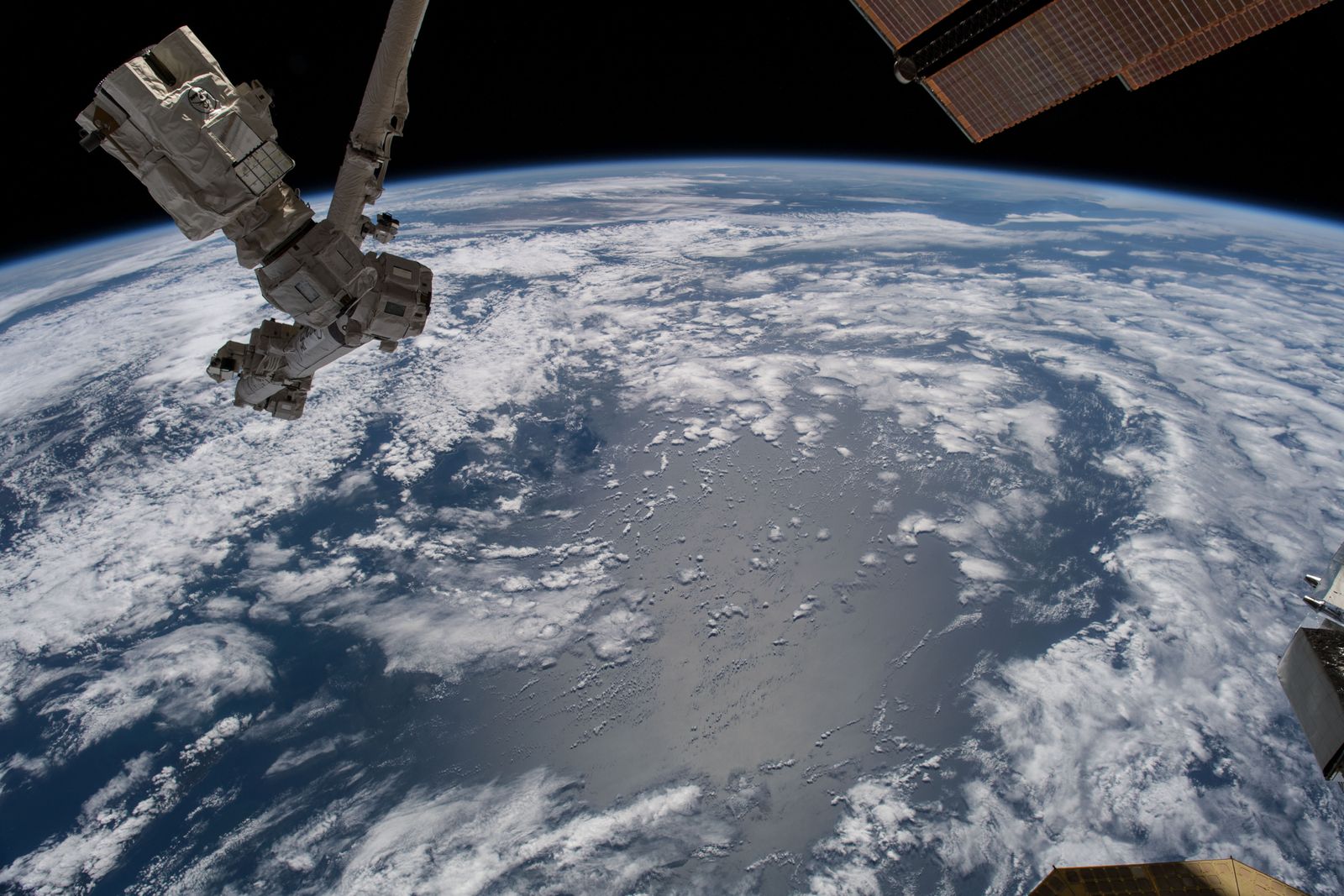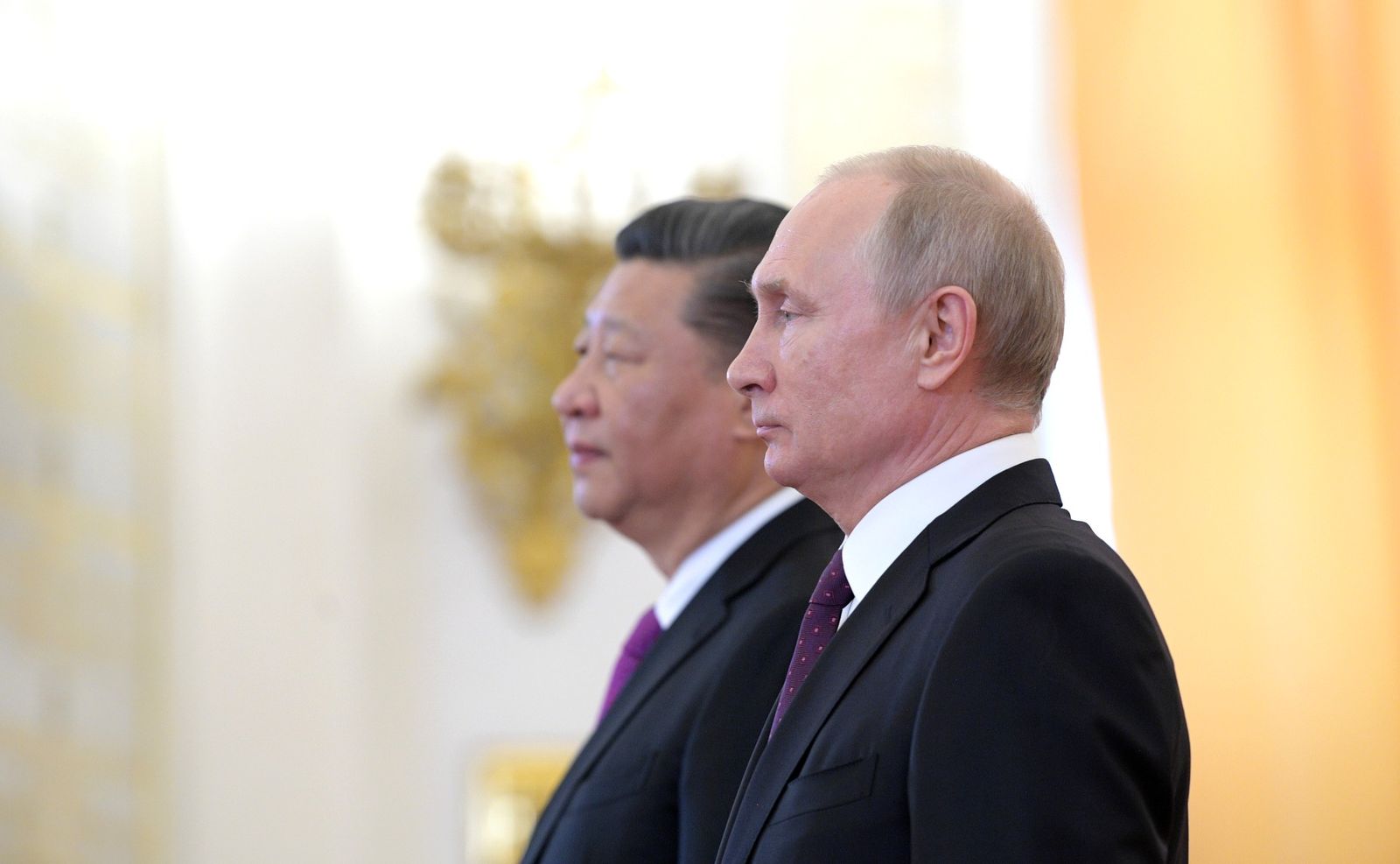Dr. Benjamin L. Schmitt is a Research Associate at the Harvard-Smithsonian Center for Astrophysics. He is also a Senior Fellow for Democratic Resilience at the Center for European Policy Analysis in Washington and a “Rethinking Diplomacy” Fellow at the Duke University Center for International and Global Studies where he has recently co-founded the Duke Space Diplomacy Lab.
In a time where the need for a more modern governance of space seems more important than ever, what fundamental rules do you believe the world needs in space right now?
There is an urgent need for policies addressing international space activities to be better integrated into the United States’ foreign policy and national security enterprise. Just a casual look at headlines over the past 12 months tells us why—from announcements of new space technology startups splashing the covers of business journals to global military forces increasingly assessing space as a potential warfighting domain—space is no longer a novel policy area. It’s increasingly central to an array of diplomatic and security issues.
It’s clear that a new era of human space activity is unfolding every day. Every year, we see a growing list of states and private sector actors demonstrating the capability of deploying a wide array of space technologies to low Earth orbit and beyond. The immense economic, scientific, and societal potential of today’s space renaissance has unlocked fresh opportunities for an unprecedented level of innovation and international strategic cooperation beyond Earth’s atmosphere.
But, as is common with the turbulent nature of international affairs here on Earth, there is an ever-present threat of actions endangering the promise of these giant leaps off our planet. This threat requires that US diplomacy include active engagement in day-to-day space diplomacy, or in other words, ensuring that channels are open to rapidly address acute space security incidents and disputes, but also longer-term anticipatory space diplomacy. Given the multidisciplinary and inter-institutional nature of the space domain, this sort of diplomacy needs to be expanded to ensure coordination not only among partners and allies abroad, but also, from a US perspective, within an increasingly complex set of interagency, congressional, and private sector actors.
While this immediate diplomatic work is indeed important, given the nature of rapid space technology and policy developments, Washington also needs to focus on further-reaching diplomatic norm-setting, addressing areas of future concern ranging from space debris collision mitigation, to scientific and legal regulations coordinating the ongoing deployments of mega-constellations of satellite internet platforms, to future extractive industry norms on the lunar surface and other deep space bodies. Indeed, without urgent risk mitigation to address a growing list of space security and regulatory challenges facing the global community, the promise of humanity’s off-planet future could be grounded before it truly blasts off.
Recognizing the vital role that anticipatory space diplomacy can play at mitigating future conflicts in orbit and beyond, I’ve partnered with collaborators from the Duke University Center for International and Global Studies (DUCIGS) from my perch here at the Harvard-Smithsonian Center for Astrophysics to focus on these issues. In particular, after some time spent on this issue set in that collaboration, earlier this year, I co-founded the Space Diplomacy Lab program along with Duke University Professor Giovanni Zanalda, director of the broader DUCIGS program. It is this focus on the development of best practices, regulatory norms, and multi-stakeholder conflict resolution mechanisms addressing potential future space security contingencies that encompasses the anticipatory diplomatic model that the Space Diplomacy Lab is engaged in to ensure the safe and sustainable use of space in the future. The core objective of the Space Diplomacy Lab is to provide a forum to convene a diverse, multidisciplinary set of academics, students, diplomatic practitioners, and commercial spaceflight leaders from the fields of space science and technology, national security, and international diplomacy to develop cross-cutting research, policy proposals, and solutions to mitigate risks and ensure the promise of a secure and sustainable future for humanity in space.
How do you think the world can strike a balance between incentivizing more countries to reap the scientific and economic benefits of the space industry and getting the major space-faring nations of today to figure out how space will be governed?
Well, I think we are seeing a few distinct phenomena taking place, each of which are ultimately interacting in new and unprecedented ways in space. Of course, we have an increasing number of states that see space as a critical domain for both national security objectives, defense considerations, and economic statecraft. More and more countries are becoming space-capable beyond some of the nations and multinational agencies that we might think of as “traditional” space powers over the last seventy or so years (think of the United States, Russia, China, and the European Space Agency, among others). For example, the United Arab Emirates demonstrated its own ability to launch a scientific mission to Mars—the first time a nation of its scale has done so.
So, while we can perhaps build out engagement strategies for space norm-setting with national space agencies fairly readily along more traditional bilateral and multilateral diplomatic channels, the emergence—especially over the last few years—of both large and small-scale private sector firms projecting serious, game-changing technical capabilities in space, will require a broader, and more innovative, science- and technology-backed diplomatic approach.
Take, for example, the new era of private human spaceflight, where just what we’ve seen take place in the last year really underscores this point. Last July, the world witnessed the term “plutocrat” take on a new and—for the first time more literal—meaning. That’s the month that two tycoons—Jeff Bezos and Richard Branson—completed their race to see which space tech billionaire would be the first to lift off Earth’s surface in their own commercially-developed spacecraft. Ultimately, Team Branson’s Virgin Galactic flight beat Team Bezos’ Blue Origin expedition by just over a week, despite the two trading barbs about who really crossed the “threshold of space” first. In the end, the feud didn’t matter. In late 2021, both received their Commercial Space Astronaut Wings from the US Federal Aviation Administration.
Mogul space odysseys aside, the regularity with which spacecraft have lifted amateur astronauts off Earth’s surface for the last year is nothing short of astonishing. Arthur C. Clarke’s vision of “celebrity guests” in space already seems amazingly routine. After Star Trek icon William Shatner became the oldest person to visit space in October, last December saw Michael Strahan, legendary defensive end for the New York Giants, reach the final frontier. Add to this the September 2021 flight of the SpaceX Inspiration4 mission, which lived up to its name by sending a decidedly non-celebrity guest into orbit: Hayley Arceneaux, a cancer survivor and physician’s assistant at St. Jude’s Children’s Research Hospital, who became the youngest American to ever visit space.
With the combination of private citizens now able to access space with a regularity that we have only seen from government missions in the past, diplomats clearly need to keep the potential for new and unexpected contingencies for international space disputes in mind. This is especially true since the next decade is set to see an unprecedented number of humans—both government-sponsored space personnel and private citizen spacefarers—simultaneously in orbit at any given moment.
With Latin American, African, and Middle Eastern countries seeking to become more involved in space, including missions to the Moon and Mars, should the US make a concerted effort to help develop these countries' space industries?
I don’t know that helping other nations develop space technologies themselves is the most pressing role for US technical assistance or diplomatic prioritization at the moment when it comes to engagement with new national entrants in the space domain. The reason for this is that many of these countries are actively fostering their own private sector space technology firms across a variety of fields, clearly recognizing the immense economic and security potential that space capabilities can have to advance not only their own prestige on the world stage, but also their influence on the trajectory of future space norms themselves. They are following the same path as the nations that led the development of the global aerospace industry a century ago, which were able to help set up the regulations underpinning international air travel today.
With that said, the US already has demonstrated an interest in cooperating with emerging space-capable nations from Latin America, Africa, the Middle East, and beyond through the establishment of the Artemis Accords. This agreement is aimed at helping coordinate with partners and allies who are working with the US Artemis program, which is poised to send humans back to the lunar surface within the next decade. This effort is not only important from a regulatory and norms development perspective, but also from a strategic diplomatic perspective since Beijing and Moscow have thus far spurned cooperation within the Artemis Accords framework, instead announcing their own aspirational joint plans for deep space and lunar cooperation in the coming years.
And in this context, we have to remember that the rules of the road that would overlay these grand deep-space missions aren’t exactly built of the smoothest pavement at this point. For example, while the 1967 Outer Space Treaty does begin to set up the sort of contours of a global space regulatory system, it was developed at a time when space-capable nations mostly comprised the missions of the United States and Soviet Union, and doesn’t exist at a level of technical granularity commensurate with regulating the diverse array of private and public sector space actors and technologies we see today. That’s why my Space Diplomacy Lab colleague, Ambassador W. Robert Pearson, and I wrote in Foreign Policy magazine at the start of this year that 2022 needs to be the year that the United States works to convene a global Summit for Space Security. This Summit could be set up in a very similar manner to the Biden administration’s Summit for Democracies last December and could serve as a basis for international space law development running in parallel to efforts at international institutions like the United Nations.
You've previously written about Russian anti-satellite weapon tests, and the Russian government has threatened to shut off the International Space Station's propulsion systems in retaliation for sanctions. How concerned should we be about the potential military uses of space technology by adversaries?
While the shocking and tragic images we continue to see out of Ukraine show that Russian military tactics appear to follow ruthless ground assault strategies perhaps more reminiscent of military conflict in the 1940s than the 2020s, modern technologies have played an outsized role in both how the military actions themselves have been prosecuted, as well as how the public has been able to perceive the war in real time. In fact, one of the most surprising military actions taken as Russia was building up its conventional military forces around the Ukrainian border in late 2021 was the launch of a direct-ascent, anti-satellite test (DA-ASAT), which led to the orbital breakup of its target: a large, defunct Soviet-era intelligence satellite platform.
If the intent of the test was to demonstrate a significant military capability in space by the Russian military as a means of deterring a potential NATO intervention to defend Ukraine as some Kremlin-watchers have speculated, the test also had an immediate impact in space: creating a field of potentially destructive space debris in low Earth orbit. That the debris generated by the Russian DA-ASAT endangered not only NASA and European Space Agency personnel aboard the International Space Station, but also Russia’s own Roscosmos personnel aboard the same facility, demonstrates the level of Russian government interagency dysfunction and lack of coordination that we have since seen play out from Moscow via Putin’s blunt, but inept, military campaign in Ukraine.
With SpaceX providing satellite Internet to Ukraine at the Ukrainian government's request, what are your thoughts on future involvement of private space companies in geopolitical conflicts? And how do you think the war in Ukraine will affect the process of developing rules in space, which has a large global backing?
Great question, and in fact I recently wrote on this topic for CEPA. So while we haven’t yet seen the direct use of a space weapon during Russia’s war against Ukraine of the kinetic class demonstrated via Russia’s DA-ASAT in November, that isn’t to say that space technologies haven’t taken center stage in the conflict. Quite the contrary. While private sector geospatial imaging satellites have been around for some time, and we have seen these platforms produce imagery with more frequency in recent conflict zones from Syria to Yemen, the rapidity with which these images are being made available across both traditional and social media platforms during the war has transformed how the public has understood the conflict. For example, in the lead up to the Russian invasion, so-called open-source intelligence (OSINT) aggregator Twitter handles grew in prominence and played a key role in demonstrating to the world just how different the Kremlin’s false rhetoric was (cynically claiming it had no intention of invading Ukraine) compared to its projected military reality on the ground through the massing of troops and equipment along Ukraine’s borders with both Belarus and Russia. These same OSINT accounts have likewise been providing analysis to the public on the horrific acts of the Russian military against civilian infrastructure and populations in Ukraine, drawing not from declassified government military satellite imagery, but rather from publicly available imagery from firms like Maxar and Planet Labs.
Likewise, the rapid operationalization of the Starlink satellite internet mega-constellation for use in Ukraine, coupled with SpaceX’s Elon Musk providing rapid shipments of Starlink ground-based receivers to the Ukrainian people has had multiple impacts on the trajectory of the conflict. First, Starlink has provided the Ukrainian government and people with a key backup capability to maintain internet connectivity—and therefore an open and continuous information environment in the face of authoritarian aggression—should the Russian military use cyber or kinetic means of fully disabling the Ukrainian telecommunications network. Second, we have seen media reports indicating that the Ukrainian military has been able to rely on Starlink for the command and control of military drones used to defend against Russian military advances.
The clear dual use of these private-sector space technologies throughout Russia’s war on Ukraine has inevitably begun to raise questions about what would happen should the Russian military target space infrastructure that is not directly owned or operated by another nation state. For example, what would it mean in terms of expected escalation and retaliatory measures should Russia attack a US-based firm’s space assets that are nominally deployed for civilian use, but can be used as well to support Ukrainian defenders? We have begun to see these scenarios play out in Ukraine, with reports of attribution of cyber and jamming attacks by the Russians on telecommunications satellites over Ukraine as well as ground based infrastructure in recent weeks. If these sorts of questions might have resided in the realm of science fiction just a few years ago, the events of the last month have shown us that they demonstrate a potential that is all too real, and only augment the need for urgent anticipatory space diplomacy to avert unintended consequences of space conflict.
Varada interviewed Dr. Schmitt via email in Spring 2022. The interview has been lightly edited for length and clarity.





